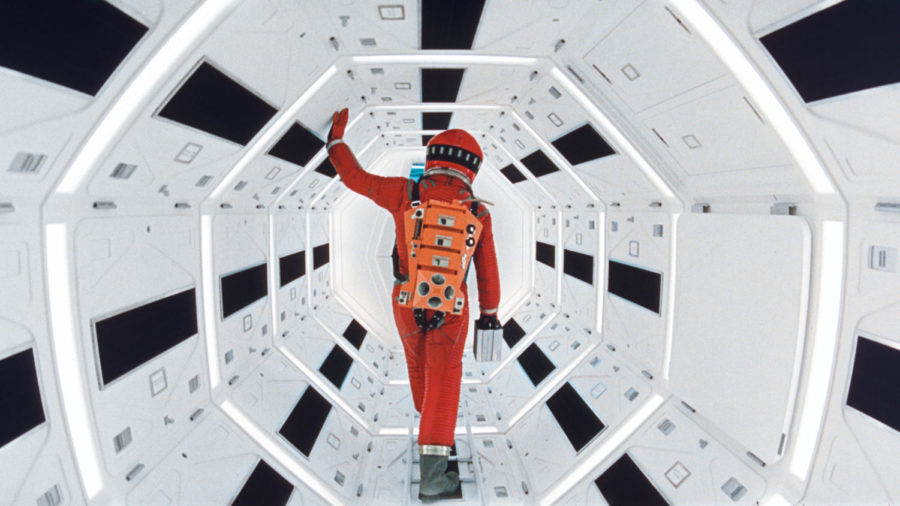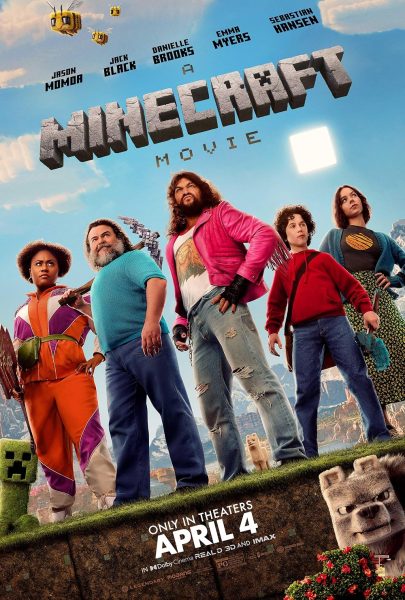2001: A Space Odyssey an acquired taste for a modern audience
(Warning: Very Minor Spoilers For The Movie)
The 1968 film, 2001: A Space Odyssey, is regarded as one of the most revolutionary films in history, not just for sci-fi but for the industry as a whole. However, this movie is not for everyone, especially the modern consumer. It is very much a product of its time, but in some ways that’s for the better.
The movie itself is a slow burn–a very, slow burn. The film is over two hours and 19 minutes in length, and it makes sure you can feel each one of those minutes. The slow pace of the movie is only magnified by the fact that the majority of the film is without dialogue, with the longest periods of this being the first 35 minutes and last 23 minutes having absolutely no dialogue. This can be something quite refreshing to watch, as opposed to modern movies which tend to over-explain everything and hold the viewer’s hand.
Although due to these factors, 2001 can admittedly be quite boring for portions of the runtime, but this is very purposefully so. For the majority of the movie, the audience is led by sounds and visuals to understand what’s happening and what to feel.
Space is shown to be bleak, empty and boring, with a hint of incomprehensible otherworldliness thrown into the mix. The sound of this movie reflects that perfectly. From the loud and triumphant crashing of the music, to the eerie and ominous hums of the unknown and the down right harrowing silence that pervades space itself, this movie is made by its sound and at times lack of.
With so much of the movie being completely voiceless, the music really takes center stage. And this is one area that 2001 absolutely delivers on, with one of the most iconic and recognizable soundtracks of all time.
As stated before the film is largely without voice, but that is not to say there is a complete lack of dialogue. And with dialogue comes the performances, which are an entirely mixed bag on their own. The performances given in this movie range from truly iconic to completely forgettable, the latter of which unfortunately being where all but two characters fall into. Those two being our protagonist “David Bowman” and side character “HAL 9000,” who remains the single most recognizable aspect of the movie.
While this movie is fantastic, it is not without its flaws. At points, primarily during the beginning, the movie can feel a bit cheesy, mostly given its age. For the first 30 or so minutes of the movie, the camera work is quite dull. However, these issues are quickly remedied after the odyssey itself begins. The camera work becomes far more engaging, using filming tricks and working with rotating rooms to give a sense of true weightlessness and misdirection to space.
With these tricks, the movie is able to show still to this day one of the most accurate and authentic interpretations of space in all of film history. The stellar vehicles are some of the most influential and aerospace accurate designs to be put to the big screen, not only externally but internally as well. Even the motions of these vehicles were ahead of their time, with many of them simulating what artificial gravity would be like by having long circular rooms or corridors moving in a constantly spinning motion.
This movie isn’t just accurate for its time, but for ours as well. Plane-like spacecraft are shown to have small TVs on the back of each seat, and in one brief scene, a device reminiscent of an iPad is used, all in a movie from years before even the first wireless phone was invented. The scientific accuracies and predictions made by this movie are absolutely shocking, even 55 years later.
While this movie may not be suited so much for the modern audience, it stands the test of time and still provides a captivating and sometimes even unsettling experience for those that are willing to give it a watch.
Stone is a senior (he/him) and he is passionate about knowledge, music and science. People describe him as well thought-out, introverted and funny (“I hate him” - his friends). He loves being a journalist because he likes to spread awareness and information on unknown topics.











